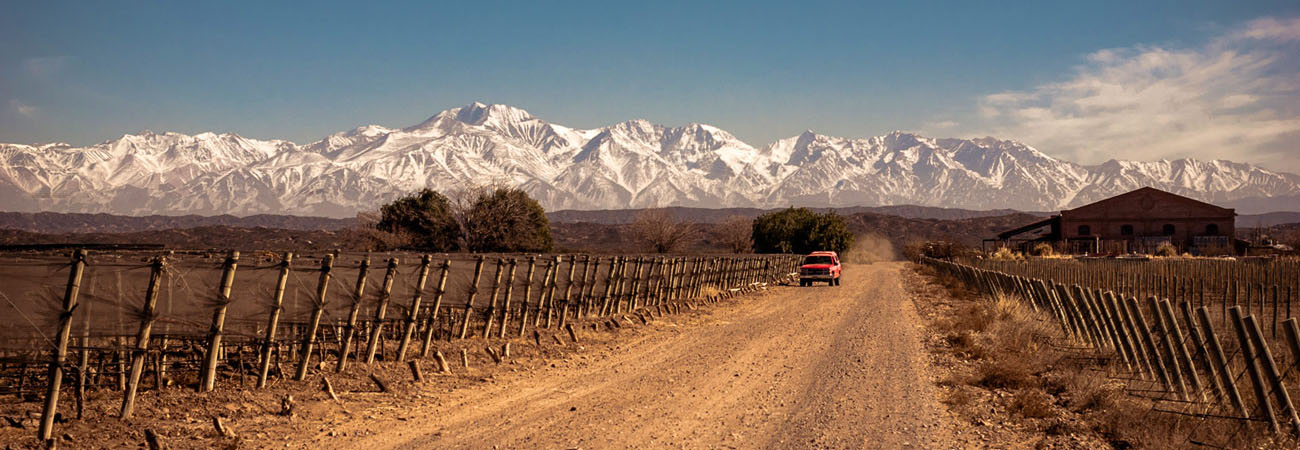Spoiler. We are about to tell you the end of the story.
The team survives and emerges stronger than ever. The wines turn out to be of great quality and personality.
But… how did they do it?

Over the years, we have come to the idea that the harvest is like a Roman circus: you know how you get into it, but not how you come out.
2023 has been one of the most challenging vintages of the last 10 years. It was a harvest in which the human interpretation of the vintage and walking the vineyards all day long were key to succeed.
We firmly believe that if the Terroir is the music, man is the player, and taking a score to its full potential rests on the talent, the knowledge and the hard work of the player. A vintner shall have a deep understanding of the Terroir and what makes it unique, to unearth the beauty that is hidden there and make it shine in the bottle.
In this particular vintage, the team spent most of the first 15 days defining: harvest points, polygon differentiation and winemaking parameters. The days began before dawn and ended at night, tasting the grapes as they entered the winery. It is in this type of year that the strength and attitude of a team make the difference. Twenty-eight years of experience and the obsession of a group of people in search of purer and finer wines were put into practice.
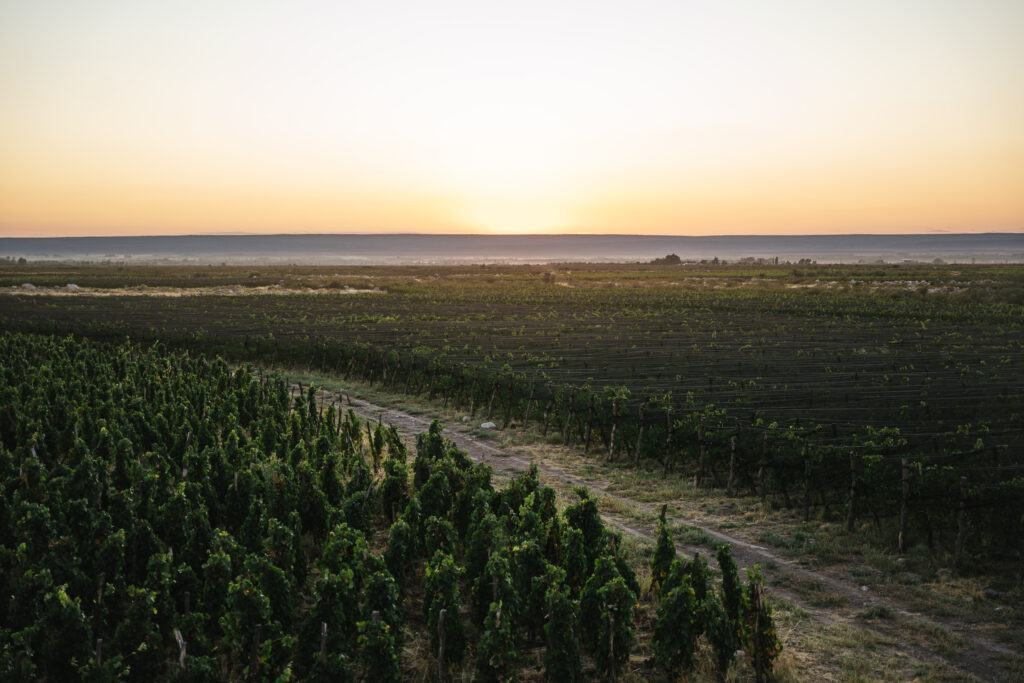
An impetuous climate
To understand the climate of a vintage, it is necessary to study it from the beginning of spring, a stage in which many aspects of the evolution of the grapes are defined. This year, the beginning of spring was cool and with some rainfall, a period in which the agronomic team sectioned all the vineyards. This work proved to be fundamental later in the harvest.
On the last day of October, everything changed. It froze. It froze as no one expected or could have foreseen. A massive frost affected the entire region and left losses of up to 100% in some areas and vineyards of Mendoza. The frost extended to the first day of November. We fought it tirelessly, trying in every way to mitigate its effects. A true demonstration of the strength of the team.
Throughout November, we were able to analyze the damage and gain a renewed perspective of the situation. We noted a very good fruit set in the vineyards and saw many plants recovering. Good news to move forward.
Towards the end of spring, a series of heat waves began, and they lasted until the end of the harvest. The average maximum temperatures remained as high as in January, but throughout the entire cycle, until harvest. This event put the plants under a high degree of stress that, together with the effect of having fewer grapes because of the frost, caused the sugar content to rise at an exponential rate. Usually, the plant increases 1 degree Brix per week, but this time the increase was 3 degrees Brix in 5 days. Oddly, the rest of the parameters (acidity and seed maturity) remained within normal for a standard year.
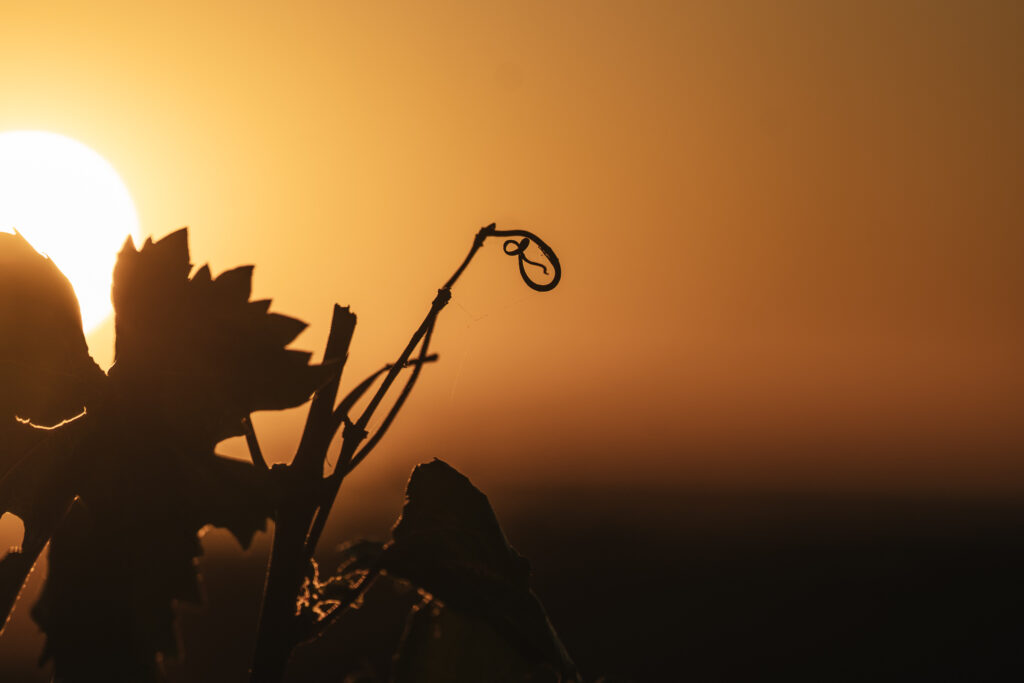
There were differences between Lujan de Cuyo and the Uco Valley, which we will analyze in detail below. To begin with, in Lujan de Cuyo the heat wave continued during the harvest, which began on February 13. On the other hand, in the Uco Valley it rained for a few days, which dampened grape maturity and plant stress. This situation continued until the harvest period, which in this estate began on February 27.
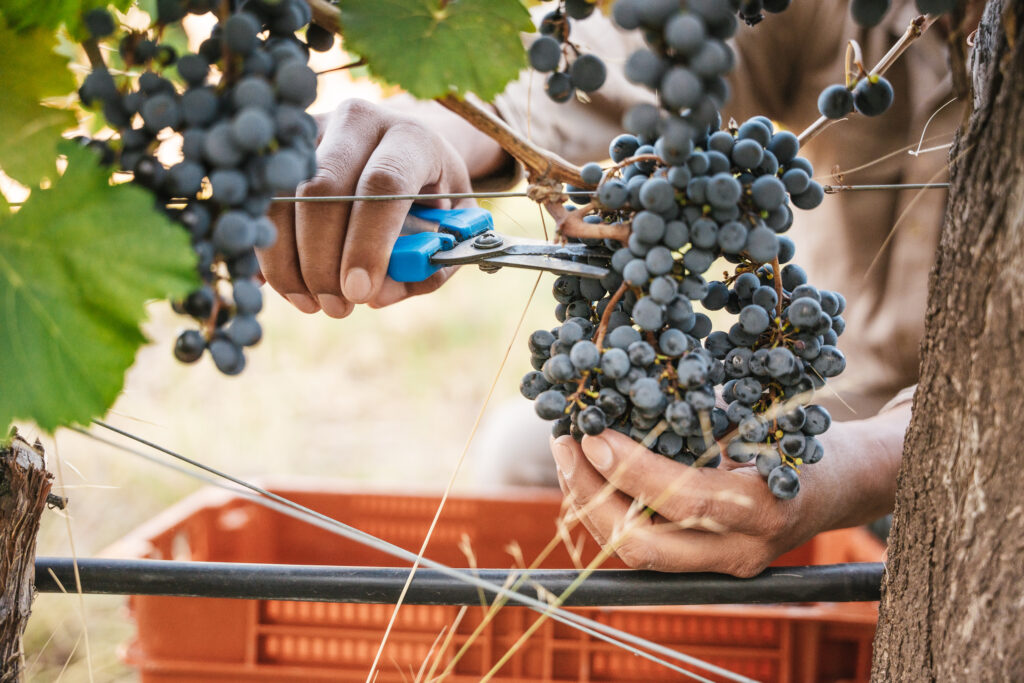
Lujan de Cuyo
At our Lujan estate, the heat wave did not have the buffer effect of the February rains. This resulted in a rapid increase in sugar levels. These conditions, coupled with the lower quantity of grapes in the region, resulted in a higher skin to pulp ratio, i.e. the berries had very thick skins and little juice.
This combination of factors generated wines with great concentration in the mouth, which, thanks to the mismatch between acidity and sugar content, helped us to understand the vintage and guide the elaboration process towards wines with verticality and finesse but with great structure.
When making the wines from this estate, the team decided to change the fermentation temperature to a lower one in order to preserve the quality of the fruit. In addition, the extraction was reduced, due to the lack of pulp in the berries, in order to preserve the tannins.
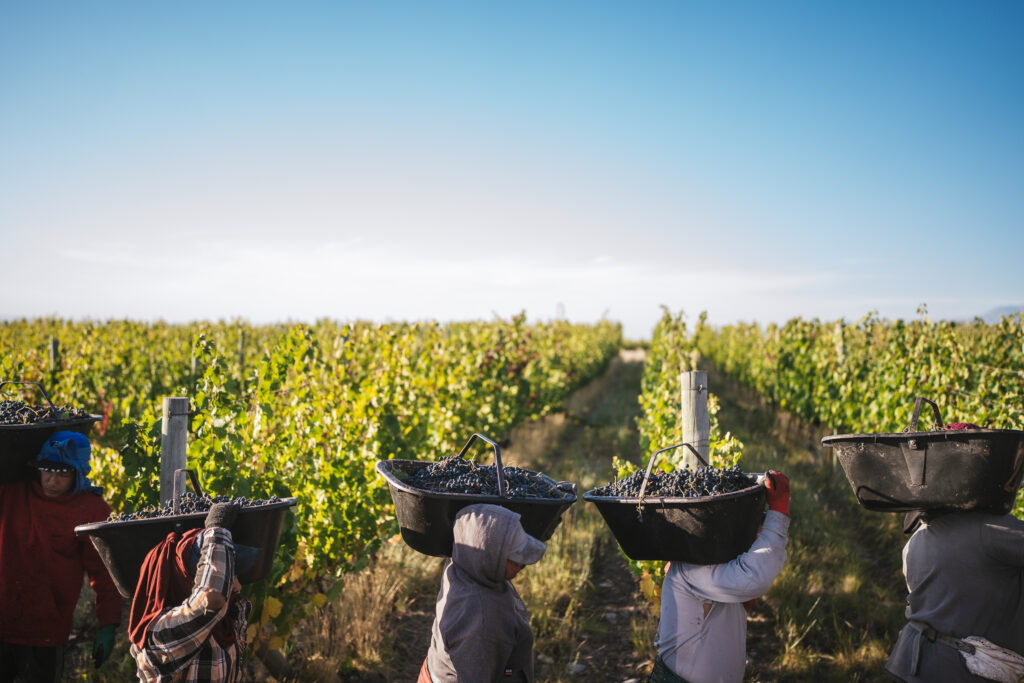
Altamira Vineyard
In our Jardin de Hormigas vineyard, the situation was different. During February, in the midst of the heat wave, there was rainfall that acted as a buffer for the high temperatures, slowing down the ripening curve.
The sugar content had the same growth kinetics, but the rains and a few days of high humidity managed to maintain even more the natural acidity and also prevented the grapes from dehydrating the following week.
In this vineyard, the team’s post-frost work was fundamental. The ripeness of the fruits was very uneven in this vintage, even within the grapes of the same cluster. In order to follow this up, we sectored the entire vineyard, taking into account not only soil type but also chemical maturity. In this way, by almost doubling the usual sampling points, we were able to have a map that allowed us to choose the harvest point with greater precision.
The skin/pulp ratio was very similar to that of Lujan de Cuyo, so the possibility of large concentrations was also in Paraje Altamira.
The team, considering each soil type and climatic situation, changed the fermentation temperature, the extraction and, in some cases, the use of whole cluster, in order to guide the vintage to the winery’s style.
In this vintage, Paraje Altamira produced wines with great concentration in the front of the mouth, verticality and great texture, given by the acidity and the soil. Aromas of spices, menthol, native flora and red fruits are some of the descriptors that can be found.
The winemaking work continues, carefully choosing the type of material for the aging of each of the terroir units of this special vineyard.
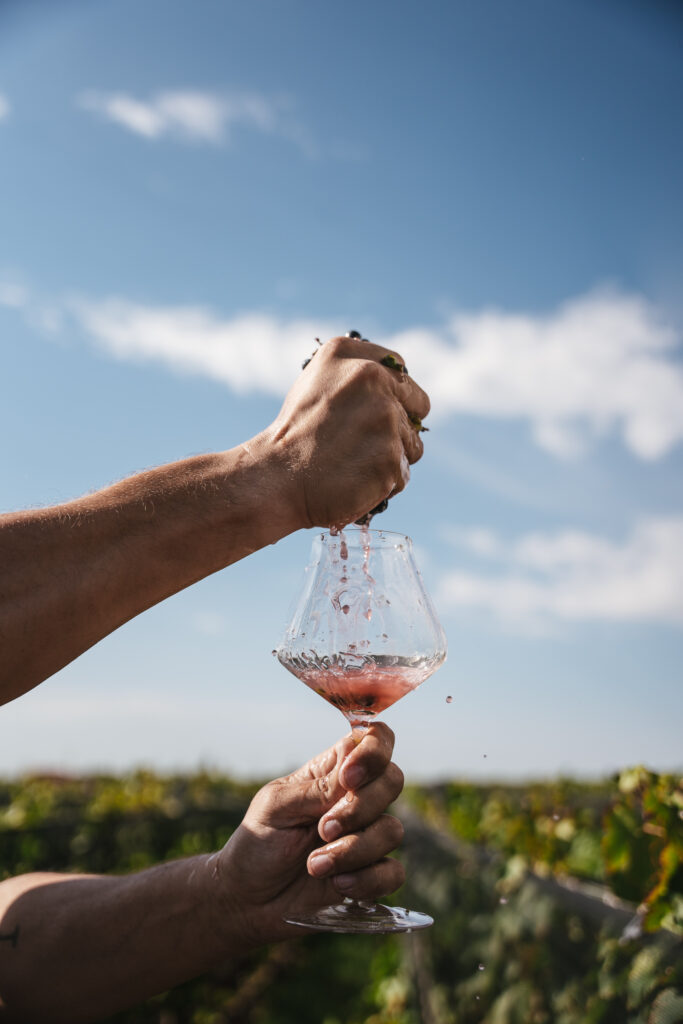
Emerging triumphant from the Coliseum
In this vintage arena, there were losses and sacrifices. Nevertheless, there was also a lot of attitude, persistence and commitment. Overcoming many obstacles, the team managed to make a good harvest, harvesting the grapes in excellent health and at the right point of ripeness. We finished the harvest on March 13, with fewer grapes, but staying faithful to the style that we believe reflects the best of Mendoza’s terroir.
